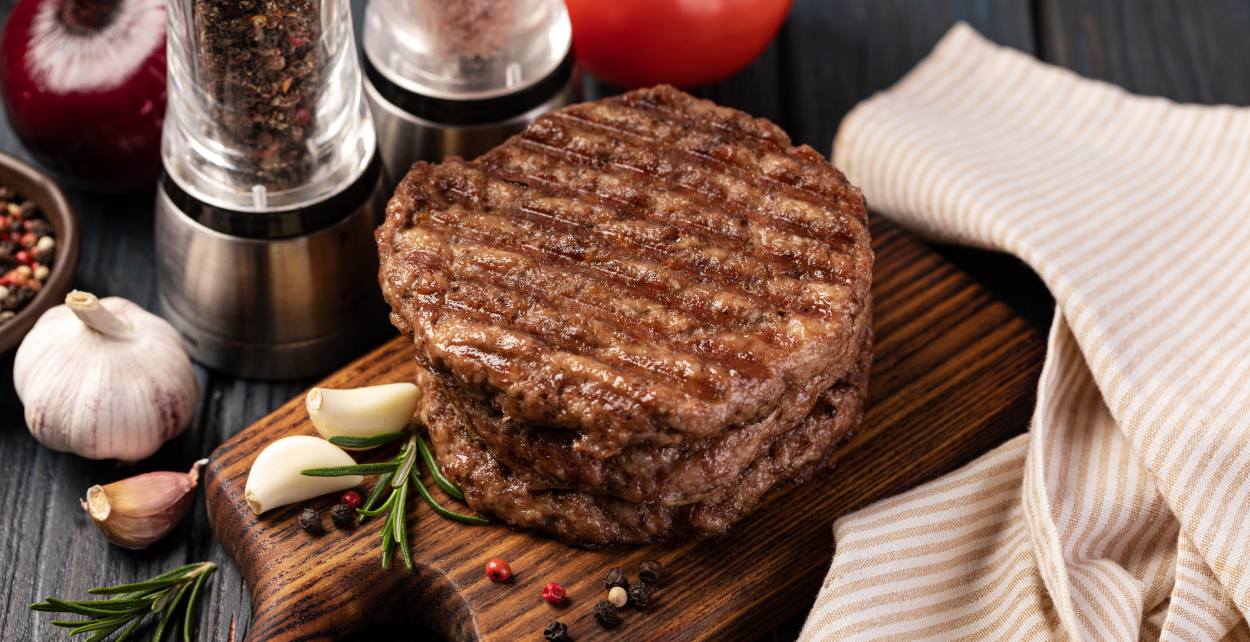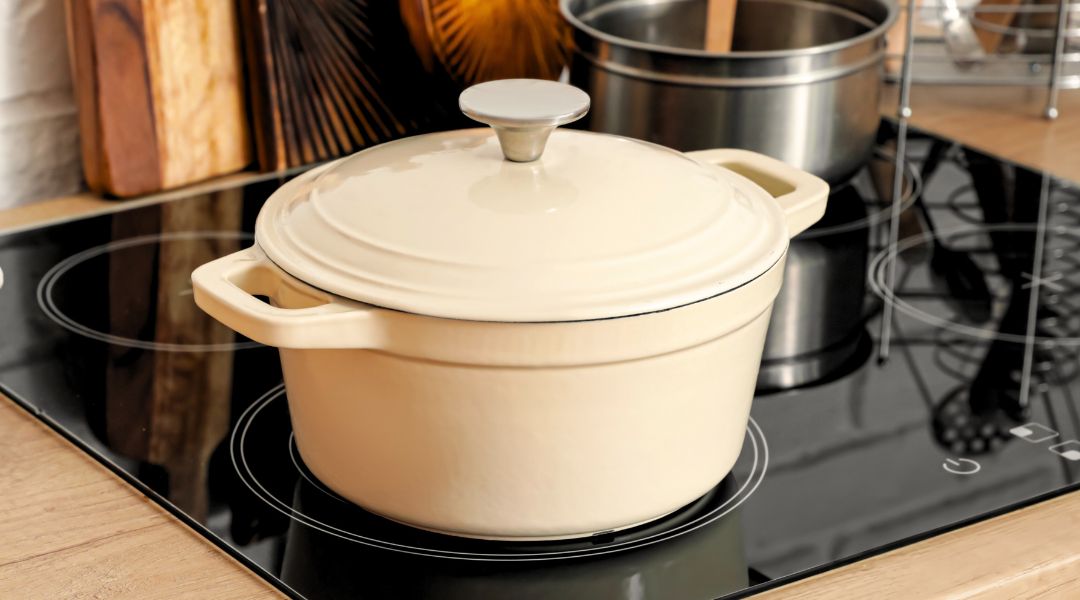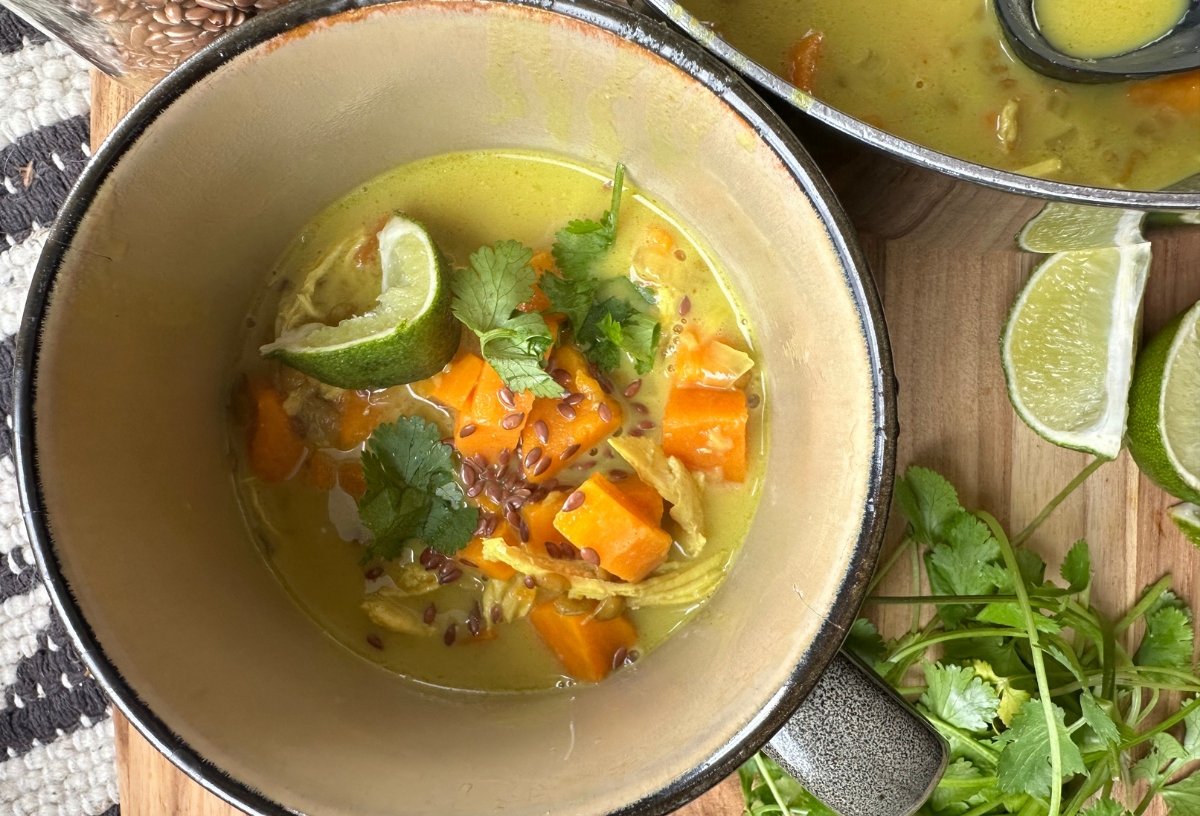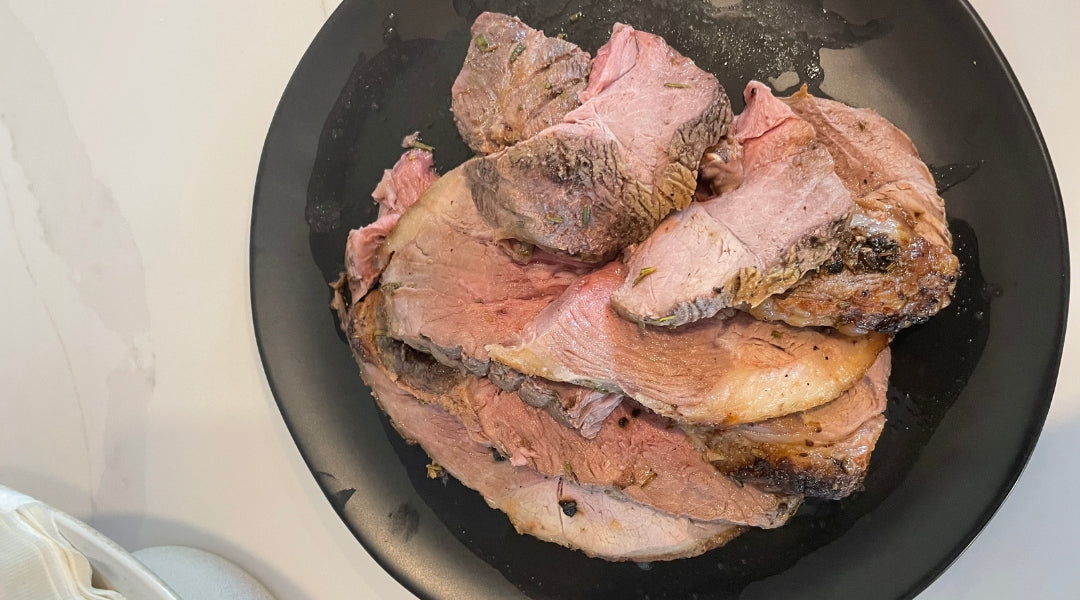Burger Temperature Chart for Juicy & Flavorful Results

Although burgers are considered a quintessential summertime meal, especially when entertaining groups, we’re year-long burger fans.
Juicy meat. Savory and sweet topping options. All sandwiched together by a perfectly soft bun. Plus, prep and cooking is quite quick.
Scale them down for elegant beef sliders hors d'oeuvres, or delight your family and guests with distinctive topping ideas - our Malt Beer Burger with Peanut Sauce and Crunchy Slaw is often called “the perfect burger.”
If burgers are already a weekly staple in your kitchen or you’re just starting to add convenient and tasty burgers to your regular meal rotation, it’s essential that you’re aware of safe temperature guidelines for cooking ground beef.
Monitoring the internal temperature is key to ensuring burgers are safe to eat, but there are several other factors to be aware of, like:
1. Premium quality meat
Purchase meat from a trustworthy source that meets strict food safety standards, which reduces the risk of bacterial contamination. We also believe in raising and harvesting meat that supports the land we live on, which is why 100% of our cattle are grass-fed and grass-finished using modern regenerative farming techniques.
2. Proper meat handling
Don’t overlook food hygiene practices, like thoroughly washing your hands and making sure raw and cooked foods don’t contact one another.
3. Safe storage
If your cooking process gets interrupted for any reason, the USDA recommends storing ground beef in the fridge and cooking it within two days of purchase or freezing it.
4. External searing
If you like burgers cooked to a lower temperature, opt for a faster cooking process at a higher temperature. This quick searing method helps to kill potentially harmful surface bacteria, which can cause foodborne illnesses.
5. Resting time
You’re likely familiar with the idea that steaks should rest after cooking, before eating. But this equally applies to burgers, too. Letting your burgers rest for a few minutes after cooking allows the meat’s natural juices to redistribute for a satisfying experience in every bite, and also helps reduce the presence of any remaining bacteria.
Burger internal temperature
Eating insufficiently cooked ground meat carries a higher risk of consuming harmful bacteria like E. coli or Salmonella.
But don’t panic!
While concerns about eating undercooked meat are substantial and should not be ignored, certain precautions will allow you to confidently eat burgers regardless of what your desired temperature is.
In addition to the tips mentioned above, the primary way to ensure the safety of your burgers is by making sure to achieve a minimum internal temperature when cooking.
Let’s explore the exact internal temperatures you need to be aware of, and our simple recommendations for effectively using a meat thermometer.
*IMPORTANT* People with compromised immune systems, pregnant women, children, or the elderly should consider cooking burgers to higher temperatures to reduce any potential health risks. Refer to your local food safety guidelines and recommendations.
Rare burger temperature
Rare burgers are often the category where there’s the most concern. While we applaud the desire to be cautious and responsible in the kitchen, consuming rare burgers can be perfectly safe as long as they’re cooked to an internal temperature of 125°F.
In a rare burger, the center will be very juicy, cool or almost cool, and red.
Medium rare burger temperature
Some sources recommend cooking medium rare burgers to 130°F. However, as you’ll see in our temperature chart below, 135°F is our recommendation.
The center will be pink, warm, and slightly firmer than a rare burger.
Medium burger temperature
Medium burgers need to be cooked to an internal temperature of 145°F. The center will be warm and only very slightly pink.
This is one of the more popular choices for its balance between tenderness and relative doneness.
Medium well burger temperature
For burgers that have only the tiniest bit of pinkness, cook them to an internal temperature of 155°F.
The center will be only slightly pink with a hint of gray. Also expect more firmness and less juiciness than burgers cooked to lower temperatures.
Well done burger temperature
For our friends who want absolutely zero pinkness, cook to an internal temperature of 160°F or more. This will lead to burgers that are fully cooked with a gray center, and a firmer and drier end result.
Burger Temperature Chart
Bookmark this page so you can quickly find our handy burger temperature chart below whenever you want to give your guests tasty burgers cooked to their preferred level of doneness.
| Level of Doneness | Internal Temperature |
| Rare | 125°F |
| Medium Rare | 135°F |
| Medium | 145°F |
| Medium Well | 155°F |
| Well Done | 160°F |
6 tips for checking burger temperature using a meat thermometer
-
Choose a digital meat thermometer for an instant and accurate measurement.
-
Insert the probe into the thickest part of the burger. If the burger patty is relatively even throughout, put the probe in the center.
-
Once the probe is in, wait a few seconds for the temperature to stabilize so that you’re sure to get a reliable reading.
-
Follow our recommended temperature guidelines (scroll back up to the chart above).
-
Even after removing meat from the heat source, the internal temperature may rise. Consider this carryover cooking time when determining when to stop cooking.
-
Thoroughly clean the thermometer after every use. Hot, soapy water followed by your preferred sanitization steps will ensure there’s no cross-contamination.
Why grass-fed, grass-finished, regeneratively-farmed burgers are the gold standard
The most comprehensive answer to this question lives in our Grass-Fed and Grass-Finished Beef Guide, so definitely check that out. Here are some highlights:
- Animals are meant to live outdoors in the fresh air, roaming and freely grazing on non-GMO land. Regenerative agriculture provides these conditions, while most conventional feedlots do not.
- Cattle that are not grass-fed AND grass-finished are typically fed large amounts of grain in order to fatten them for sale, which creates multiple ailments that often require treating the cattle with antibiotics.
- Conventional feedlots (this is the typical meat found in most grocery stores) have been shown to contribute significantly to water pollution, air pollution, greenhouse gas emissions, and deforestation and land degradation.
- Multiple studies have confirmed that grass-fed, grass-finished, and regeneratively-farmed meat is more nutrient-dense and flavorful than conventionally-raised meat.
Consider switching to Grass Roots burgers from now on. 100% grass-fed, grass-finished, and regeneratively farmed for the highest quality beef.
Recent Posts



 Tender and succulent, it's the perfect centerpiece for any holiday feast, elevating your meal with its exquisite taste and elegant presentation. Delight your guests with this sophisticated dish, sure to leave them craving more of its indulgent perfection.
Tender and succulent, it's the perfect centerpiece for any holiday feast, elevating your meal with its exquisite taste and elegant presentation. Delight your guests with this sophisticated dish, sure to leave them craving more of its indulgent perfection.



